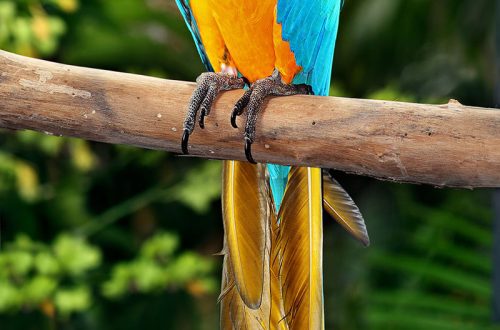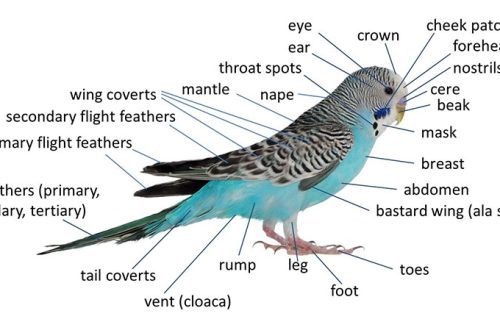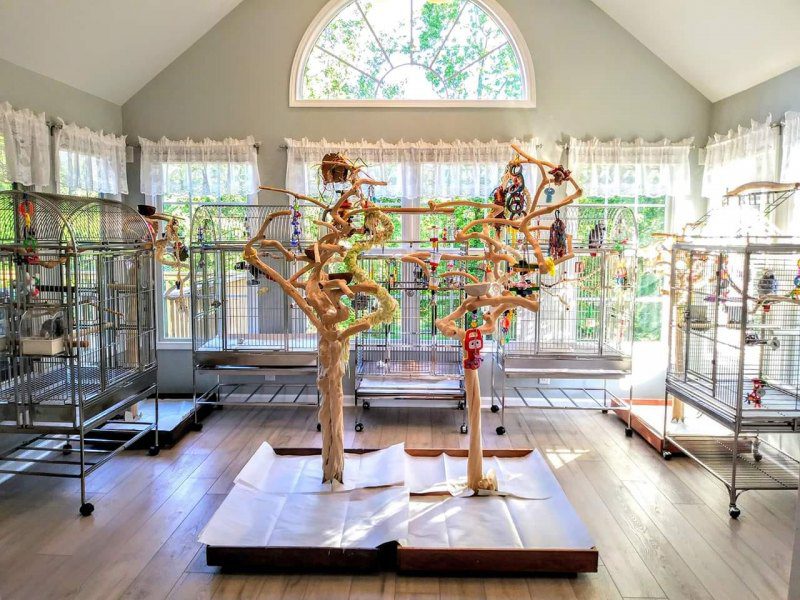
Organization of space for a parrot
Before you go after the parrot, you should prepare everything you need and start organizing the space for the parrot.
Living space for a parrot
The parrot can be kept in a cage or in an aviary. In any case, your task is to make sure that it is spacious and safe. The light regime, humidity and air temperature are also important.
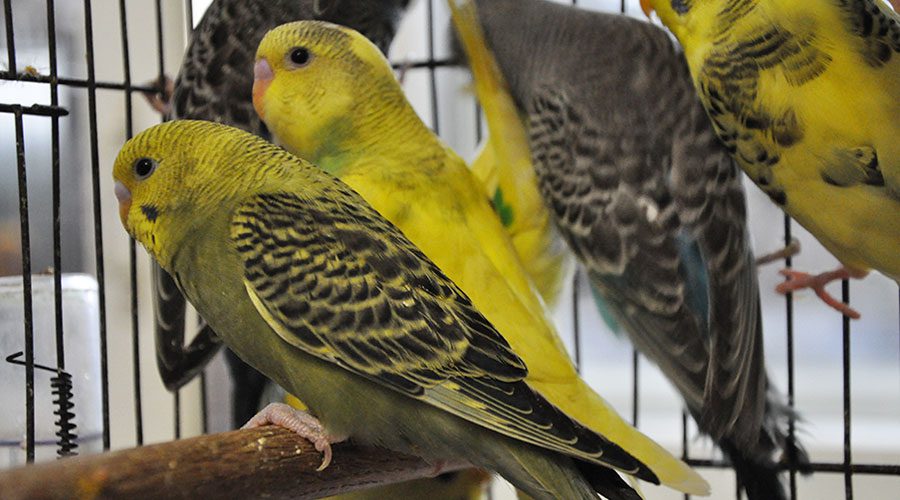
The parrot should be settled in a bright room, but you should not place the cage too close to the window: the slightest draft can be fatal for the pet. Keep your bird away from heaters as well. The optimum air temperature for a parrot: + 22 … + 25 degrees. Daylight hours are at least 15 hours. In autumn and winter, additional lighting will be required. It is great if the cage is located at your eye level: in this case, it is more convenient to clean and feed the bird. The parrot will feel most comfortable in a rectangular cage without unnecessary protrusions and decorations – dirt and dust accumulate in them, making cleaning difficult. A round cage can become an additional cause of stress – the parrot will not be able to hide in a corner. It is good if the cage is all-metal: the parrot easily gnaws through wooden rods.
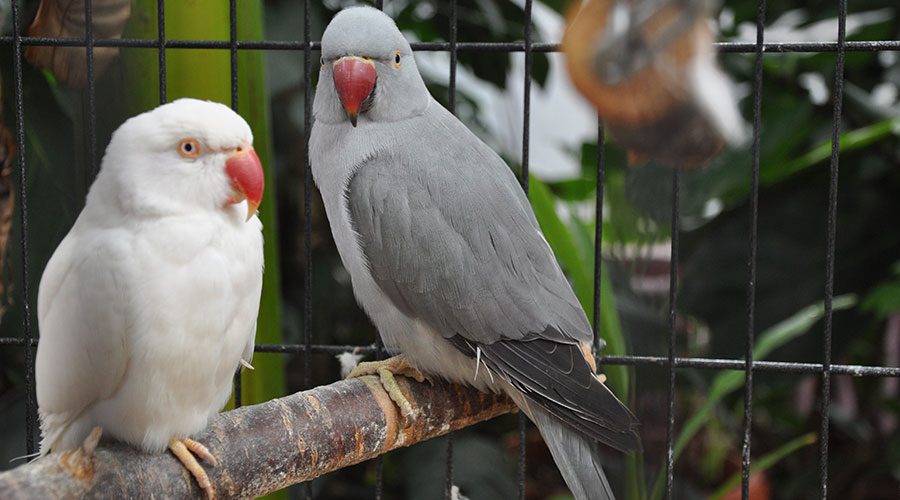
As a constipation, it is better to use a padlock, spring or carabiner.
Organization of space for physical activity of a parrot
Active games and exercises are important for maintaining the health of a feathered friend, and therefore, his longevity. With the help of regular exercises, you can strengthen the muscle tone of the pet, cheer up, relieve aggression or tension, and reduce the risk of respiratory diseases.
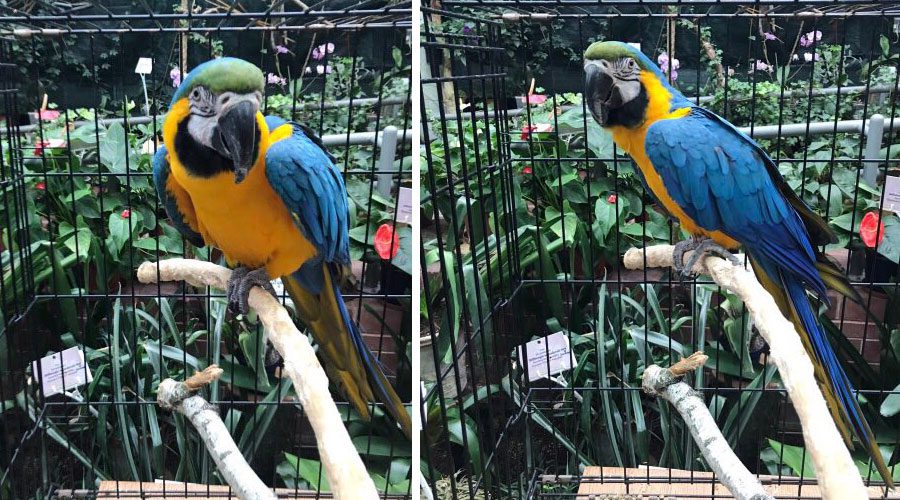
Flight for a bird is important not only as a physical training, but also as communication and stimulation of the activity of the nervous system. It is vital for a parrot to be able to fly at least 2 hours a day.



